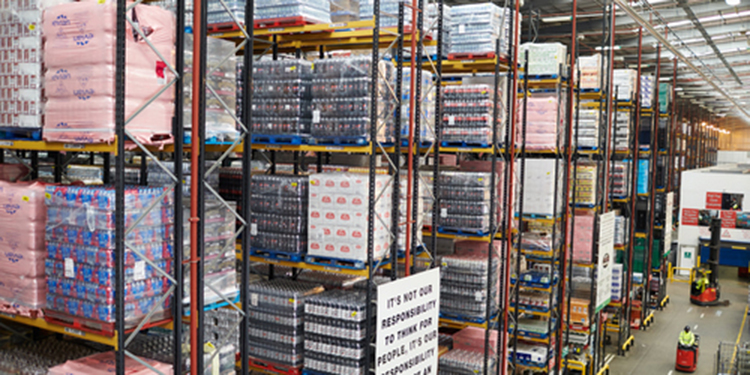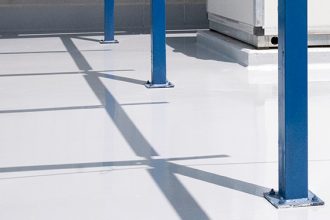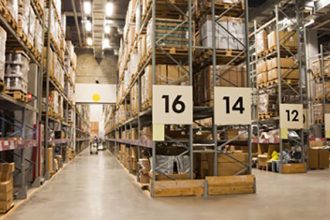Why Mixing Rack Components From Different Manufacturers Is A Bad Idea

Pallet rack beams and columns from different manufacturers — while they may appear similar — in fact are not. Therefore, it is never a good idea to mix-and-match components from different racking systems within a single structure. The reason? Doing so significantly increases the likelihood of the rack system collapsing.
When a collapsed racking system is evaluated to determine the reason for the structure’s failure, it is often found that the cause was unsafe mixing and matching of incompatible components from different manufacturers. While it’s a risky practice, owners of these systems erroneously believed that it was safe to replace a damaged rack column or beam with any other upright or beam that looks similar. Connecting incompatible members, however, increases the risk of a potential failure that results in a collapse.
It is true that pallet rack columns and beams from different manufacturers may appear similar to the casual observer, they are not. When designing their products, every rack manufacturer employs unique production techniques, steel gauges, connectors, bracing, trusses, and beam locking devices. RMI member companies perform extensive testing to ensure that their beam to column connections are safe and in compliance with all building code requirements. This testing applies only to their own products and is rendered invalid when mixing components from different manufacturers (unless the components are specifically tested and authorized by both manufacturers or the supervising engineer).
All RMI members test their beam, column and other connections to confirm they will work together as a single, unified system; that is, virtually every rack installation has been engineered specifically for a unique facility site and storage application. For that reason, should a column or beam be damaged, the safest practice for repairing or replacing these components is to consult the original rack manufacturer. Doing so ensures that the replacement components will work together safely and match the installation’s unique design and load capacity.
Additionally, RMI’s ANSI MH16.1: Specification for the Design, Testing and Utilization of Industrial Steel Storage Racks, section 1.4.9, states that a damaged portion of rack should be repaired and restored to at least its original design capacity, then certified by a licensed professional engineer. Correspondingly, RMI’s Guideline for the Repair/Replacement of Damaged Rack, section 5.1, notes:
When original or updated engineering documentation is available, replacement of damaged components with identical parts from the original manufacturer is an approved method to address the damaged rack, as long as, the rack system still meets appropriate capacity requirements. It is important to not interchange uprights, beams or other components that look “similar” to each other.
Want more input about how to safely repair damaged pallet rack? Download RMI’s Guideline for the Repair/Replacement of Damaged Rack.


